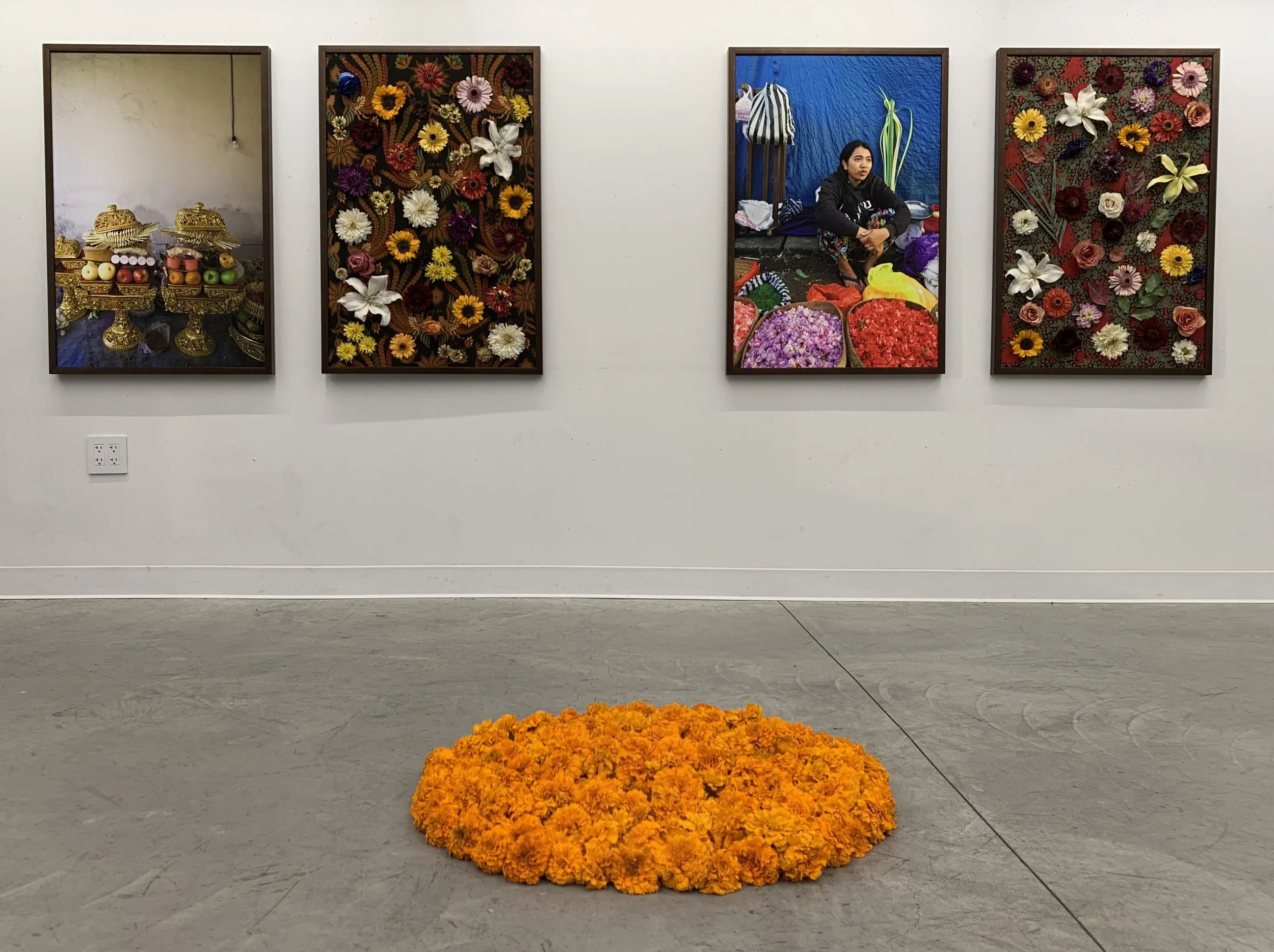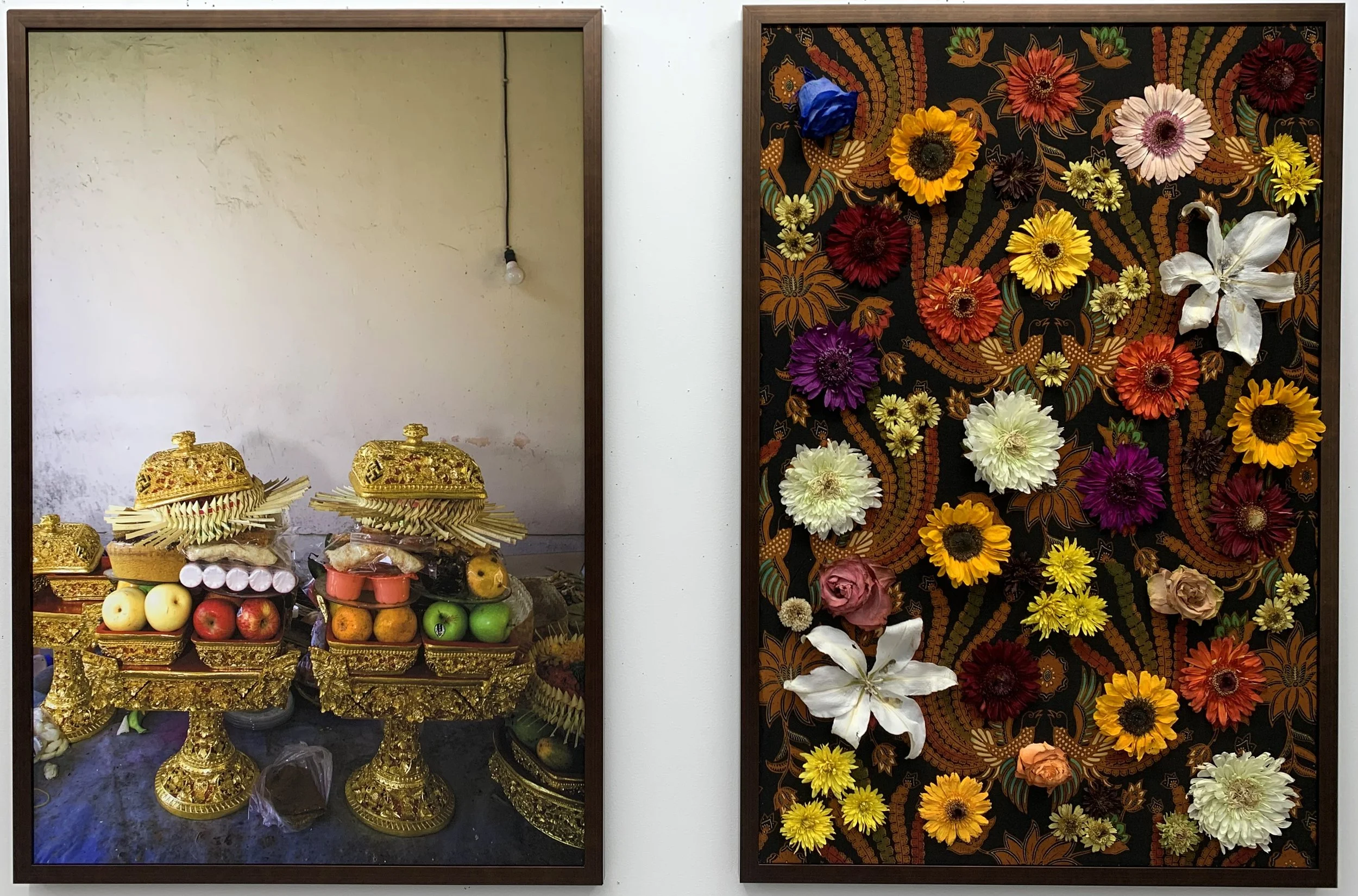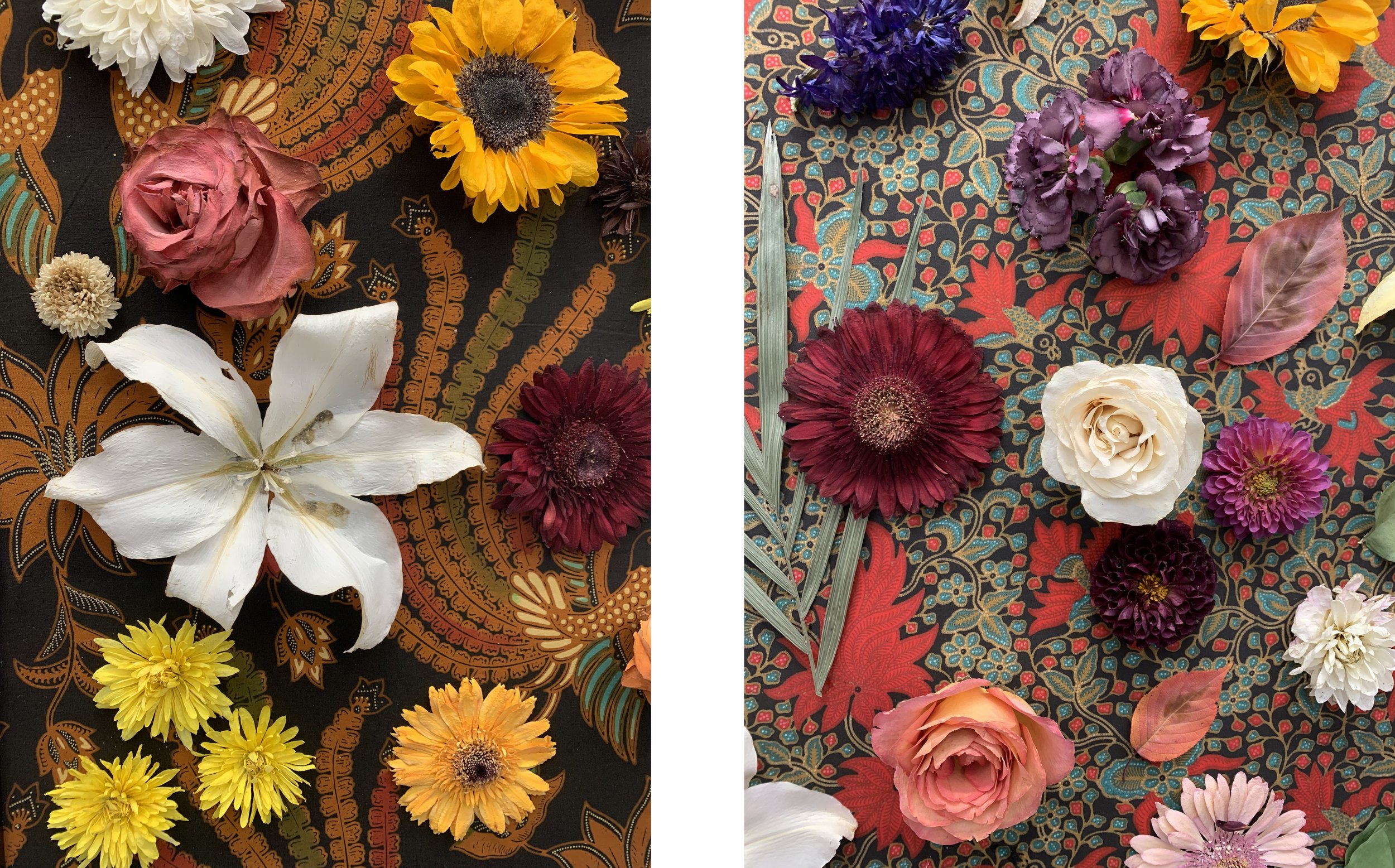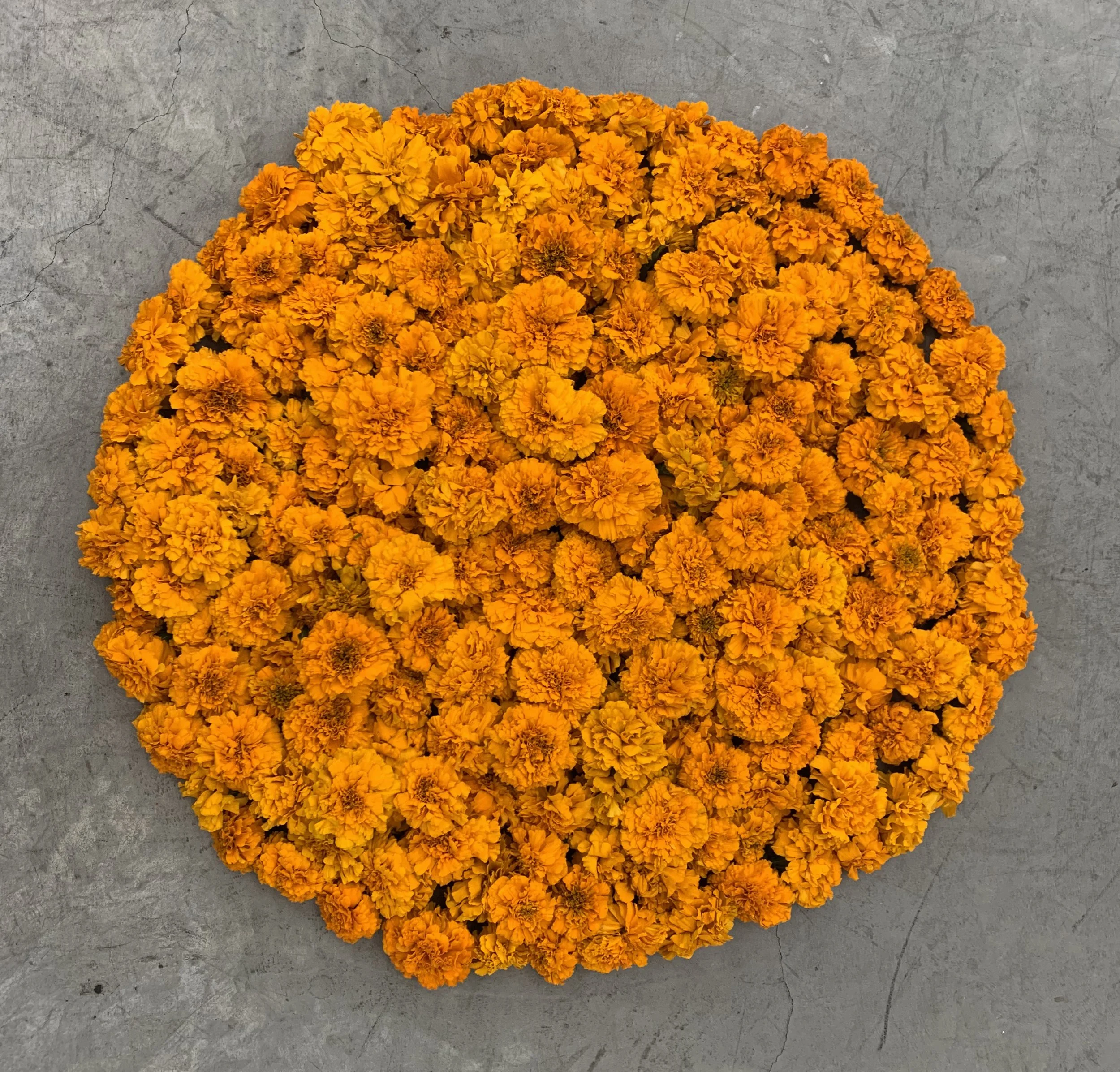Bless This House – Bali
In my exploration of banten, the Balinese offerings, I aim to address questions concerning the role of spiritual practices and rituals in contemporary life. In a world where spirituality and rituals have gradually diminished, particularly in Western societies, my project seeks to challenge prevailing apathy and rejection of these practices by tackling the following inquiries: Do spirituality and its associated art forms hold relevance in our lives? How do they contribute to the well-being of individuals and society as a whole? Why is there a need for rituals that engage the body, mind, and soul? Could there be a place for spiritually oriented art in the contemporary art world?
Bless This House – Bali, part of the Bless This House series, draws from the concepts of ephemerality, the cycle of life, and preservation, while examining the essential role of women as practitioners of spiritual art and rituals. It intends to raise awareness about critical issues such as individualism versus collectivism, acceleration versus stillness, and consumption versus conservation.
My project aims to honor and preserve an ancient tradition practiced in Bali through photographic depiction, reinterpretation of the practice, and its integration into my own life. The project is composed of two sets of diptychs. Each diptych features one panel displaying a photograph of offerings taken in Bali, while the other panel showcases actual dried flowers affixed to a Balinese sarong I had worn during temple ceremonies. These dried flowers serve as remnants of offerings I’ve made in dedication to my late mother. Initially, these offerings begin as fresh cut flowers, symbolizing the beauty and celebration of life. The withering of these flowers represents fragility of life, evoking feelings of loss and longing. The continual repetition of this process is a reminder of the eternal cycle of life.
Additionally, my project includes two videos: a poetic, observational documentary rooted in sensory ethnography and an experimental video composed of still images woven together to depict Balinese women skillfully and dexterously crafting these offerings. They shed light on the substantial time and effort invested in the creation of ephemeral art. Ultimately, my work is a contemplation on enduring love and devotion in the face of life’s transient nature.
There is also a fresh flower component, inviting viewer participation. Participants are encouraged to engage directly with the concept of offerings by taking the flowers and dedicating them to loved ones they have lost. Marigolds, with their spiritual significance in various cultures, are featured as a central element. A circular arrangement of a hundred marigold flower heads on the floor symbolizes the cyclical nature of life, while white organza pouches are provided for the safekeeping and transportation of the flowers, as white represents purity and mourning in Balinese, Indian, Korean, and other Asian cultures. Engaging viewers in the act of taking the flowers intends to provoke contemplation of the significance of impermanent art that mirrors the transient nature of life and challenges the commoditization of art and notions of ownership.





